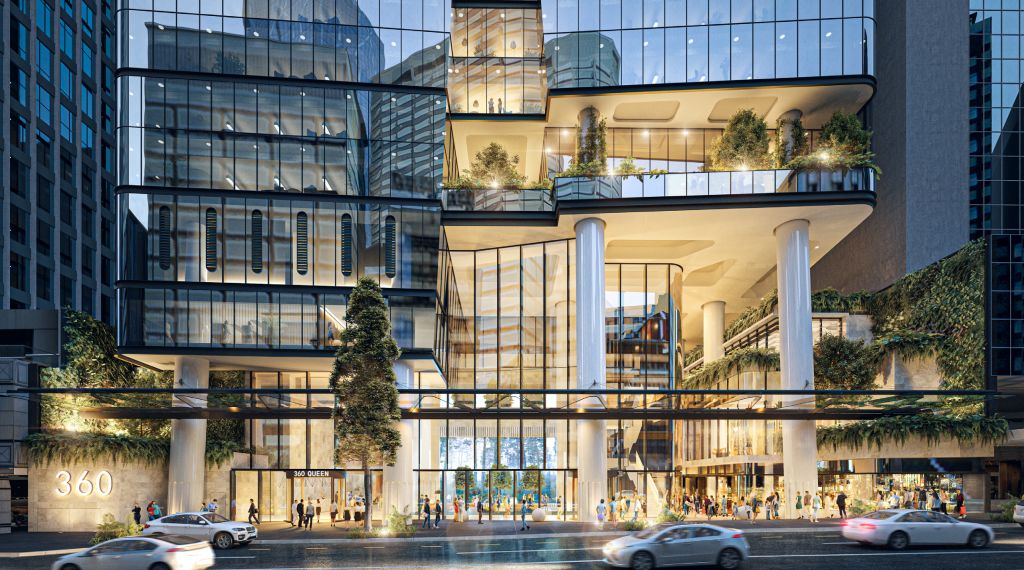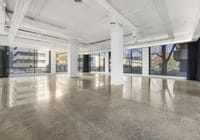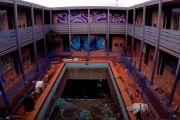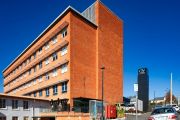
How is the office market faring since the pandemic?
Despite strong economic headwinds and a slowdown in the property market, corporate Australia is demonstrating a lot of confidence in CBD office markets overall, with a positive net absorption of 95,000 square metres of office space over 2022.
“This means more companies are taking space than are leaving it behind,” says JLL head of research Australasia Andrew Ballantyne. “So, despite economic conditions, the numbers are pretty good.
“Brisbane in particular is seeing a lot of leasing inquiries, while Perth is another market that’s holding up reasonably well. Sydney and Melbourne, however, are more global cities and more affected by what’s happening overseas.”
The latest research from JLL shows that, over the fourth quarter of 2022, the Sydney CBD recorded a positive net absorption of 12,400 square metres, while in Brisbane it was 22,000, Perth 4400 and in Canberra 12,800.
Melbourne CBD fell into the red with a negative figure of minus 18,600 square metres, as did Adelaide with minus 500 square metres.
Meanwhile, the migration to higher quality assets is continuing in all markets, with demand focussing on premium and A-grade buildings.
A number of asset owners are trying to retrofit, especially to improve their NABERS energy rating, Ballantyne says, but it can be a very difficult, and costly, process.
At the same time, the year saw restrained growth in rental returns in most capital cities. Yet the figures can be hard to track accurately, says Knight Frank national head of leasing Andrea Roberts, precisely because that flight to quality means demand was high for good new buildings and much lower for ones of inferior quality or less well located.
“If your asset has the amenity that the market is demanding now, the better it will perform,” she says.
“Despite the negative economic headwinds and turmoil in financial markets and capital markets, tenants are continuing to make lease commitments to remain competitive in the war for talent in this low-unemployment market.
“Occupancy levels are finally rising in Melbourne and Sydney, and we expect these to continue to improve.”
One complication is that rising interest rates are increasing the levels of uncertainty in the market, says John Sears, head of research, Australia and New Zealand, at Cushman & Wakefield, which is leasing the newly refurbished 181 William Street, Melbourne.
That’s really slowing down the decision-making process at home and overseas.
“What’s surprising us is that, in the sub-1000-square-metre and 500-square-metre sectors, there’s reasonable activity, with many of them taking on more space and moving to higher quality buildings,” Sears says.
“Larger companies, where the more extensive spaces are bigger ticket items, are still working through the work-from-home issue and are slow to make decisions.
“But, we are seeing that flight to quality for everyone: moving to quality buildings with really good collaborative workspaces, closer to public transport and amenities.”
Certainly, CBRE has had a burst of leasing activity, particularly over the back end of 2022.
Mark Curtain, head of office leasing, Pacific, says leasing revenue has been up 15 per cent over 2019 pre-COVID-19 levels across Australia and New Zealand at 750,000 square metres, creating a new record for the business.
At the new 360 Queen Street, Brisbane, for instance, he worked with Charter Hall to lease 20,000 square metres last year.
“We’ve seen an incredibly large volume of transactions, particularly with the recovery of Brisbane and Sydney, and the pipeline of deals in progress for 2023 is equally positive,” Curtain says.
The January 2023 Office Market Report from the Property Council of Australia (PCA) also shows reason for optimism, with demand for office space rising by an average of 0.1 per cent across CBDs over the past six months.
In addition, there was solid office construction activity, so while vacancy rates fell in half of the CBDs, they rose overall from 12 per cent to 12.5 per cent nationally – more as a reflection of rising supply rather than falling demand.










